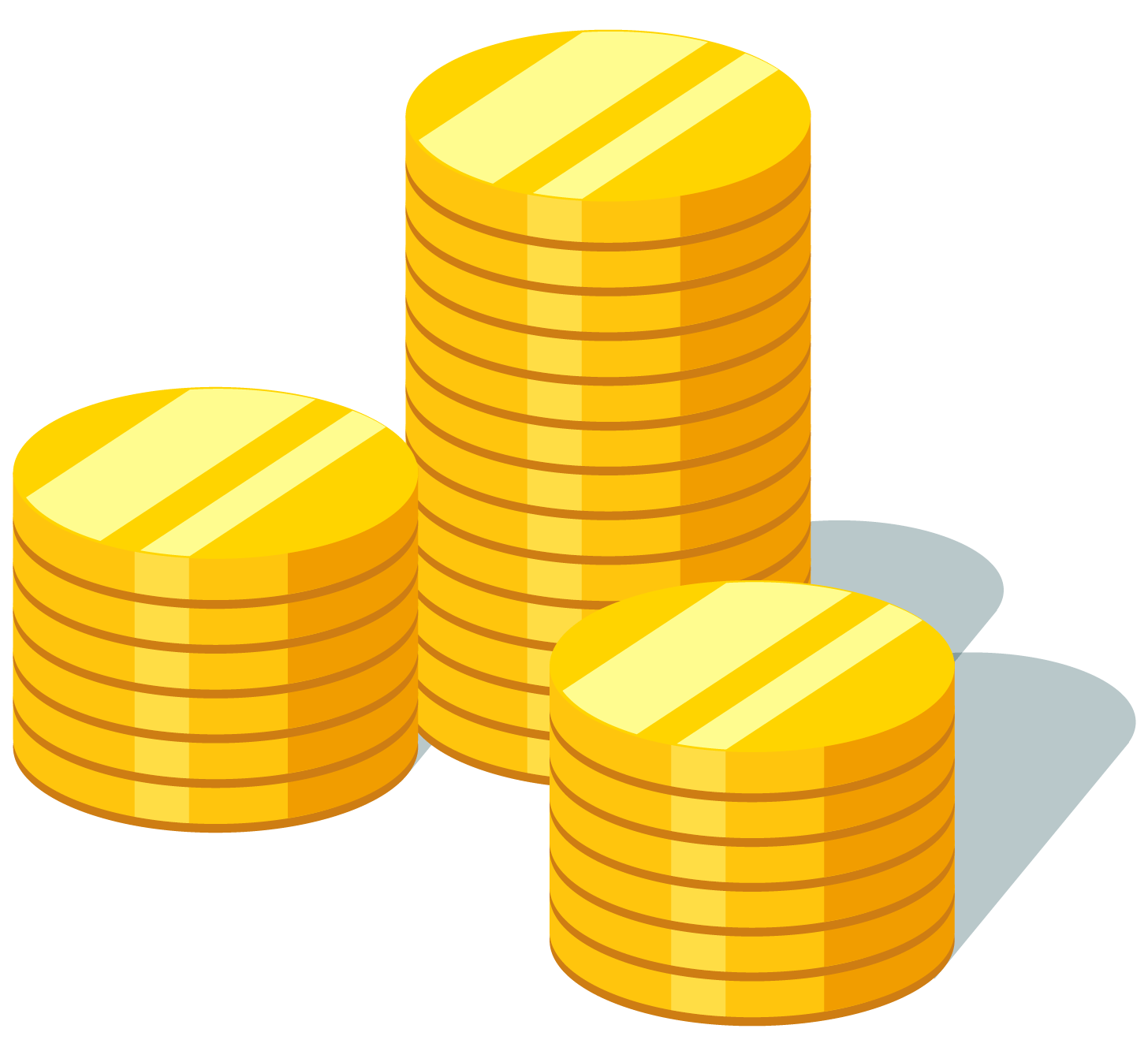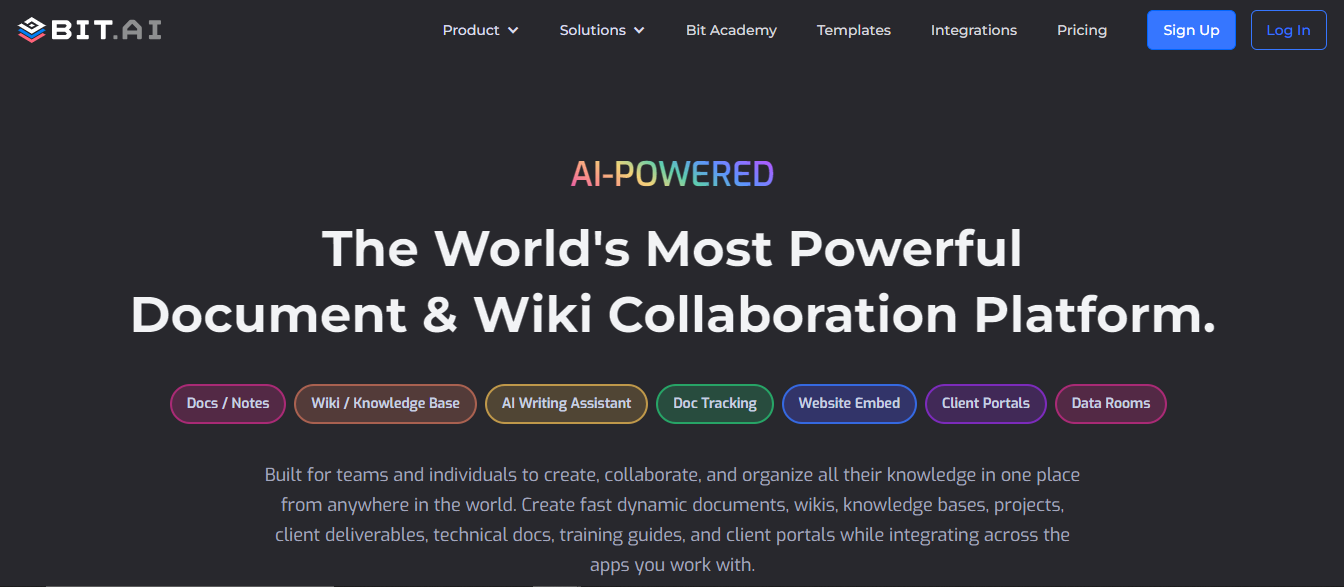
Compressing details about your business or about your product or service into a single document can be a tedious task. But why would you want to create this document in the first place?
For starters, giving all the essential information about your business or product in a compressed document makes it easy and quick for others to understand what you do and why should they care.
Fact sheets play a huge role in PR, sales, onboarding of new employees, pitching to investors, providing a company overview to partners and clients, etc. It’s an easy way to make sure all of these entities are able to understand the key parts of your business quickly and effectively.
A fact sheet, also known as a factsheet and fact file is a one-sheet document, usually, a single page long, which comprises information and data about a company, startup, organization, or the product or service they provide.

A fact sheet lists all the key information, facts, and figures around a particular topic, in a visual manner, with the help of files, charts, images, etc.
Fact sheets often contain company overview, product information, statistics, technical data, FAQs, lists, “how-to” pages, educational material, and so on.
The one thing you should take special care of while creating fact sheets is to make them clear, crisp, and concise. They are usually displayed in a visual format to emphasize key information.
Here are some ways fact sheets are used by companies:
Fact sheets are necessary for all-size companies and have a multitude of use-cases.
However, before creating a fact sheet, you should always be crystal clear about the purpose of creating it and its intended audience. Only then you will be able to create an informative fact sheet that your readers will pay attention to and enjoy.
There are a few things one must keep in mind before creating a fact sheet. These include:
Now that you have some idea about a fact sheet, it’s time to teach you the importance and the role it plays in the success of a business:
Facts sheets are usually one page long. Therefore, they help save a lot of time for the reader by providing them all key information (without missing out on vital information) on a single page.
Since fact sheets are made to be visual first, a reader can quickly skim through a lot of information and facts quickly and easily.
For example, If you are creating a fact sheet for investors, they would greatly appreciate your effort in summarizing all the key information on a single page and helping them save their most important asset, i.e. time.
As we’ve mentioned before, fact sheets comprise lots of white spaces, bullet points, and bold headings.
On top of that, they are usually very visual in nature with key information presented using tables, graphs, and charts that are easy to read and grasp.

And lastly, since fact sheets are only a page long, they are don’t take much of your resources. They act as cost-effective PR material or sales enablement tools.
Before you jump into designing a fancy fact sheet, take a step back and ask yourself two key questions: Why am I creating this fact sheet? Who am I creating it for?
Knowing your purpose is like having a clear destination on a road trip. Are you trying to:
Once you understand your purpose, you can tailor the content to effectively achieve that goal.
Identifying your audience is like picking the right passengers for your road trip. Are you targeting:
Understanding your audience’s needs and preferences will help you choose the right language, design, and level of detail for your fact sheet.
Here’s an example: Imagine you’re creating a fact sheet about healthy eating for a group of college students. Your purpose is to provide them with easy-to-understand tips. Knowing your audience, you’d likely use a more casual tone, include pictures of delicious healthy meals, and focus on quick and budget-friendly recipes.
Now that you’ve identified your target audience and the message you want to convey (Step 1), it’s time to gather the facts! This is the foundation of your fact sheet, so make sure the information you collect is accurate, credible, and relevant to your audience’s needs.
Here’s how to tackle this step effectively:
Now that you have a clear purpose and well-organized information, it’s time to design a layout that makes your fact sheet visually appealing and easy to digest. Here are some key things to keep in mind:
Here are some practical tips:
Remember, the goal is to create a fact sheet that is visually balanced, easy to navigate, and allows the key information to shine through.
We’ve identified your target audience and the information they crave. Now it’s time to craft the content itself! Here’s how to make your fact sheet not just informative, but truly compelling:
So you’ve crafted a clear and informative fact sheet. Now it’s time to give it some personality! This step is like putting on your outfit for a presentation – it makes a strong first impression and ensures your fact sheet reflects your brand identity. Here’s how to add those finishing touches:
You’ve poured your heart into crafting the content, and your fact sheet is almost ready to take center stage. But before you hit distribute, take a deep breath! This step is crucial – a thorough review and edit ensure your fact sheet shines and delivers its message effectively.
Here’s how to make the most of this step:
Pro Tip: Enlist a friend or colleague to review your fact sheet. Their objective viewpoint can unearth areas that might need improvement.
You’ve meticulously crafted your fact sheet, filling it with informative and engaging content. Now, it’s time to unleash it on the world! This final step involves giving your fact sheet a final polish, making it easily accessible, and getting it into the hands of your target audience.
First things first, finalize your masterpiece. Proofread it meticulously, checking for any typos, grammatical errors, or inconsistencies in formatting. Consider having someone else take a fresh look for a final review. Additionally, ensure accessibility for everyone. Use clear fonts with good contrast, avoid relying solely on color to convey information, and consider including alt text for any images you might have used. Finally, save your fact sheet in multiple formats. Depending on your distribution strategy, you might need it as a PDF, Word document, or even a high-resolution image for printing.
Now, let’s get to distributing your fact sheet! Choose the channels that best reach your target audience. Will you be sharing it through email campaigns, social media posts, including it in presentations, or printing physical copies for events? Consider where your audience spends their time and choose the channels accordingly.
Don’t forget a clear call to action . Tell your readers what you want them to do next. Do you want them to contact you, visit your website, or learn more about a specific product? A concise and clear call to action at the end of your fact sheet will guide them towards the desired outcome.
If you’re distributing your fact sheet digitally, consider using analytics tools to track how many people are viewing it and where they’re coming from. This valuable information can be used to refine your approach for future iterations of your fact sheet.
You’ve invested a lot of effort into crafting your fact sheet. But before calling it finished, there’s one crucial step: gathering feedback and using it to refine your work. This final step ensures your fact sheet is clear, informative, and achieves its intended purpose. Here’s how to collect valuable feedback:
While they review, ask them if the fact sheet effectively achieves its purpose. Does it answer their questions and leave them with a clear understanding of the topic?
Once you have feedback, take some time to analyze it. Look for common themes and areas where multiple people found things confusing or unclear. Here’s where revisions come in:
A fact sheet is a living document. As new information becomes available or your target audience evolves, you can revisit and update it to keep it relevant and impactful. This will ensure your fact sheet stays sharp and continues to effectively communicate your message.
If you itching to create one for yourself, worry no more! Let’s show you how you can create a visually appealing fact sheet quickly and easily.
There are two major components that make or break a fact sheet: content and design.
We have already discussed how fact sheets need to compress all the vital information, data, statistics, and facts into a single page, and at the same time, leave no important knowledge behind.
However, the content of your fact sheet will only take you so far. You have to present that vital information in a professional, readable, and visually stunning manner.
Thus, both content and design play a huge role in the creation of an effective fact sheet. However, writing great content in a concise manner and making it visually appealing can take some time, effort, and a lot of time emailing your team members.
What if, your team members could work simultaneously in a collaborative workspace to create an awesome-looking fact sheet?
This is where Bit comes in.

Bit is a new-age cloud-based document collaboration tool that helps teams create, manage, and track workplace documents including fact sheets.
Bit helps you make sure your fact sheets are more than just plain boring text and images. Apart from allowing multiple users to collaborate on documents, Bit also allows users to embed any sort of rich media into documents like YouTube videos, Google Docs, One Drive Excel Spreadsheets, GIFs, Tweets, interactive charts, etc.
Basically, anything on the internet with a link (i.e. www.example.com, https://example.com) can be shared and Bit will automatically turn it into live visual content that lives on your workplace documents!
Just copy-paste the URL of your content on a blank line of the document editor and hit enter. Bit, then generates a live preview of your digital content within your document. Imagine how rich and interactive your fact sheets can become.

The best part is that Bit documents allow simultaneous collaboration between team members.
This means that team members like content creators, editors, designers, marketers, etc. can work together to produce fact sheets (or any other workplace document) by brainstorming and pitching in their ideas!
The resulting documents are created faster, they look impressive, they’re creative, visually stunning, and best of all error-free!
Another great thing about Bit is that you can actually track your workplace documents when you share them with your audience. You can understand how effective your content actually is by observing how much time was spent on your documents, how often they were viewed, etc.
Bonus: To kickstart your efforts to create an awesome-looking fact sheet, we have designed a fact sheet template just for you! You can use it as it is or can make changes according to your brand and vision!
Here’s the perfect template to create an awesome-looking Fact Sheet.


Recommended power links and files you can add to your Bit Template includes:
Use this template as it is or customize it according to your company’s needs. Make it as dynamic and visually appealing as possible!
A fact sheet is an important yet underrated piece of document.
So what are you waiting for? Create amazing-looking fact sheets and other workplace documents and start impressing clients, partners, investors, prospects, and your team members with Bit today!
Further reads :